- From Digital Transformation to Hyper-automation
- How Flow can affect your productivity and work
- RPA is not AI; Combine them for Superpowers
- Hyper-automation is the Pinnacle of Digital Strategy
The latest research from Gartner explores the firm’s 10 strategic technology trends for 2020. At the top of the list? Hyperautomation.
Like the name suggests, hyperautomation goes beyond your typical automation strategy. Gartner defines it as “the combination of multiple machine learning (ML), packaged software and automation tools to deliver work.”
Let’s explore what makes hyperautomation unique, and also how it’s likely to become increasingly valuable in today’s evolving business climate.
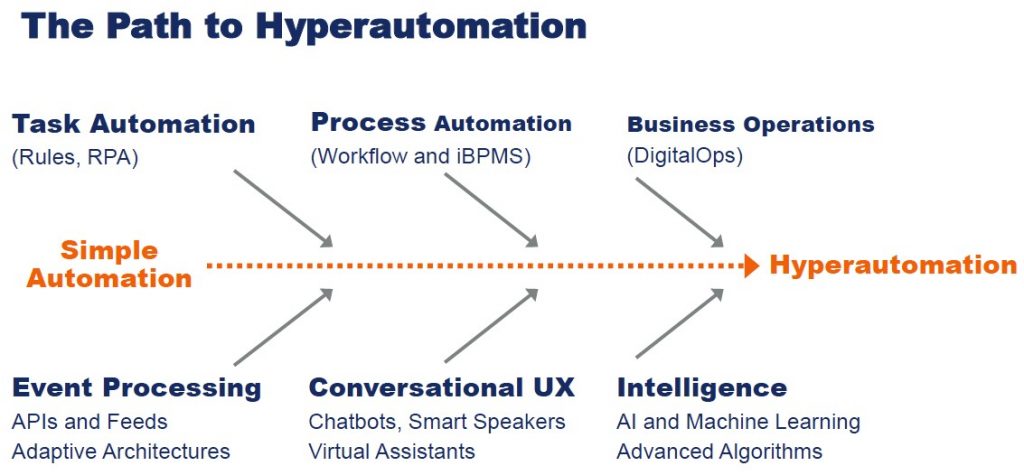
Hyperautomation is much more than complex RPA
Hyperautomation isn’t simply replicating how tasks are completed with robotic process automation (RPA). RPA was merely the first step in the evolution of this type of technology. A key attribute of hyperautomation is its ability to loop humans into the process.
Businesses can then access collaborative intelligence, as Accenture calls it. With technology and humans working not just side by side but together, employees can begin to train automation tools and other software and, through machine learning, get to a state of AI-enabled decision-making. With hyperautomation, companies can begin to reimagine work typically done by employees with technology.
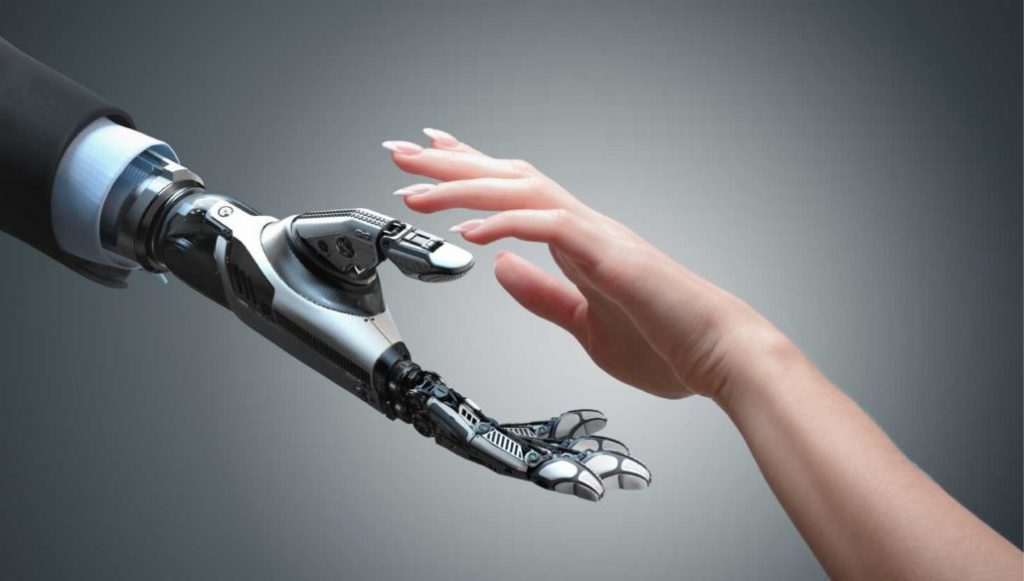
It takes a village (getting along) to Hyperautomate
There’s two points to be made here. First, there’s a massive difference between integrating and integrating well. Not only do automation tools need to fit seamlessly into a company’s existing tech stack, but they need to do so without requiring too much heavy lifting from IT. A platform must be able to plug and play into a wide variety of other tools in order to achieve hyperautomation.
A second, related attribute for hyperautomation is the interoperability of automation tools. In order to achieve scale, businesses must be able to develop a platform that integrates many different best-of-breed tools together. The lines between vendors are already blurred, and the businesses that will win in hyperautomation will successfully integrate tools to cover the spectrum of automation itself (discover, analyze, design, automate, measure, monitor and reassess).
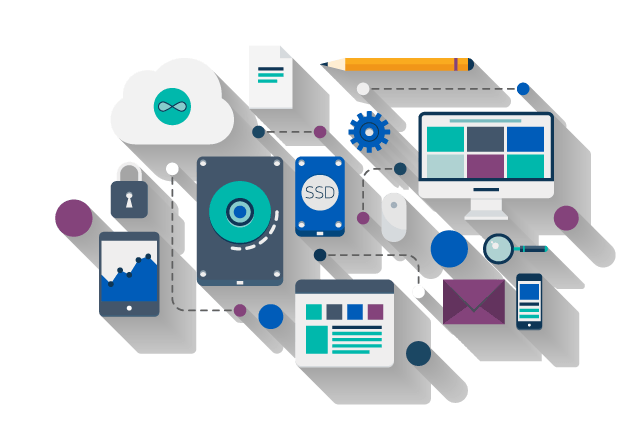
The Building Blocks of Hyperautomation
Robotic Process Automation (RPA)
Intelligent Business Management
Artificial intelligence
Advanced analytics
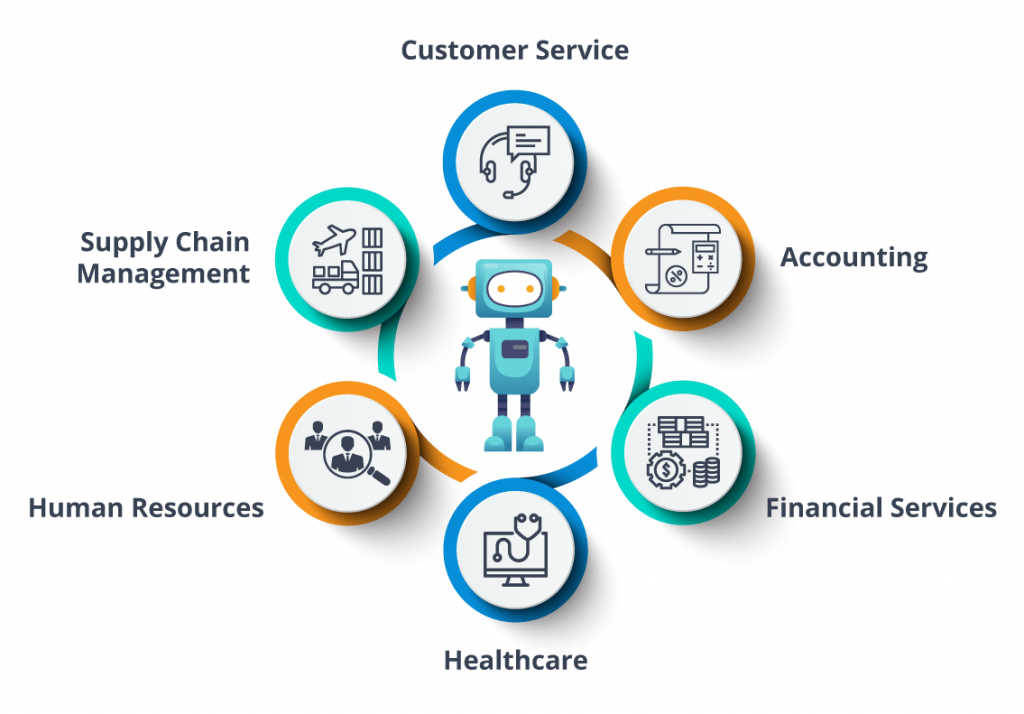
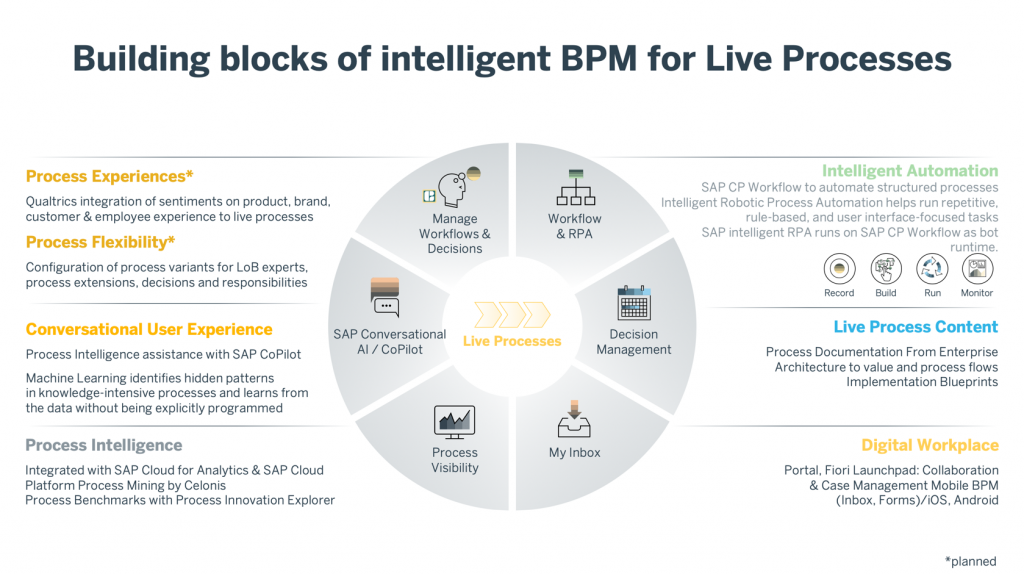
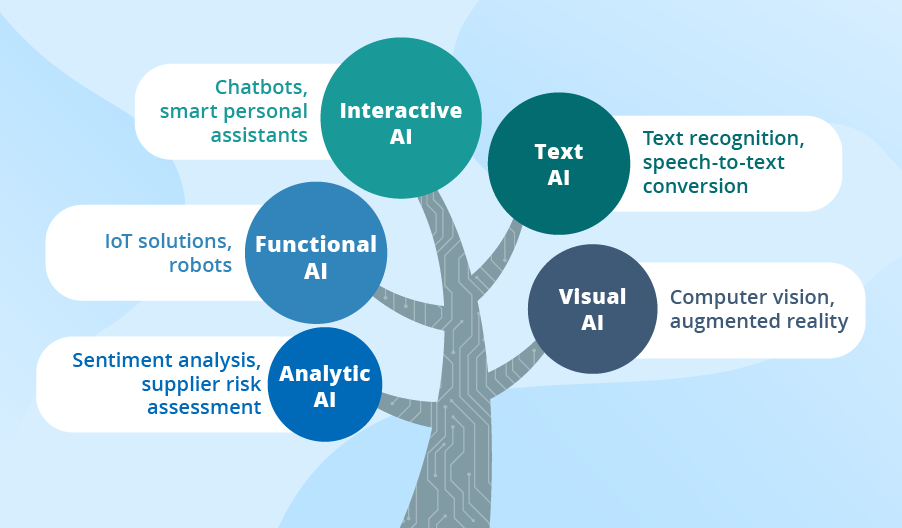
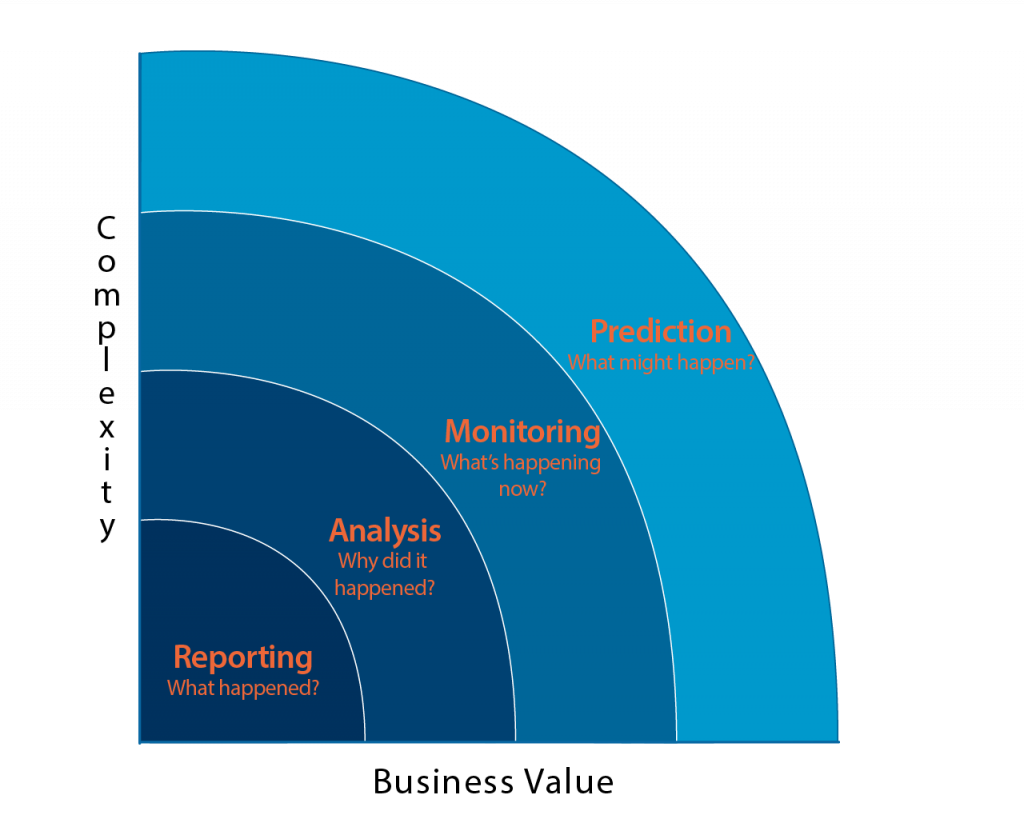
Why do you want Hyperautomation
Workforce enablement
Employee upskilling
Systems integration
Digital agility
ROI

So what do you do when all signs point to having to go to University to gain any sort of advantage? Unfortunately it’s the current state of affairs that most employers will not hire you unless you have a degree for even junior or starting jobs. Once you have that degree, coming to my Mentor Program, with 1000ml with our Patent Pending training system, the only such system in the world; is the only way to gain the practical knowledge and experience that will jump start your career.
Check out our next dates below for our upcoming seminars, labs and programs, we’d love to have you there.
